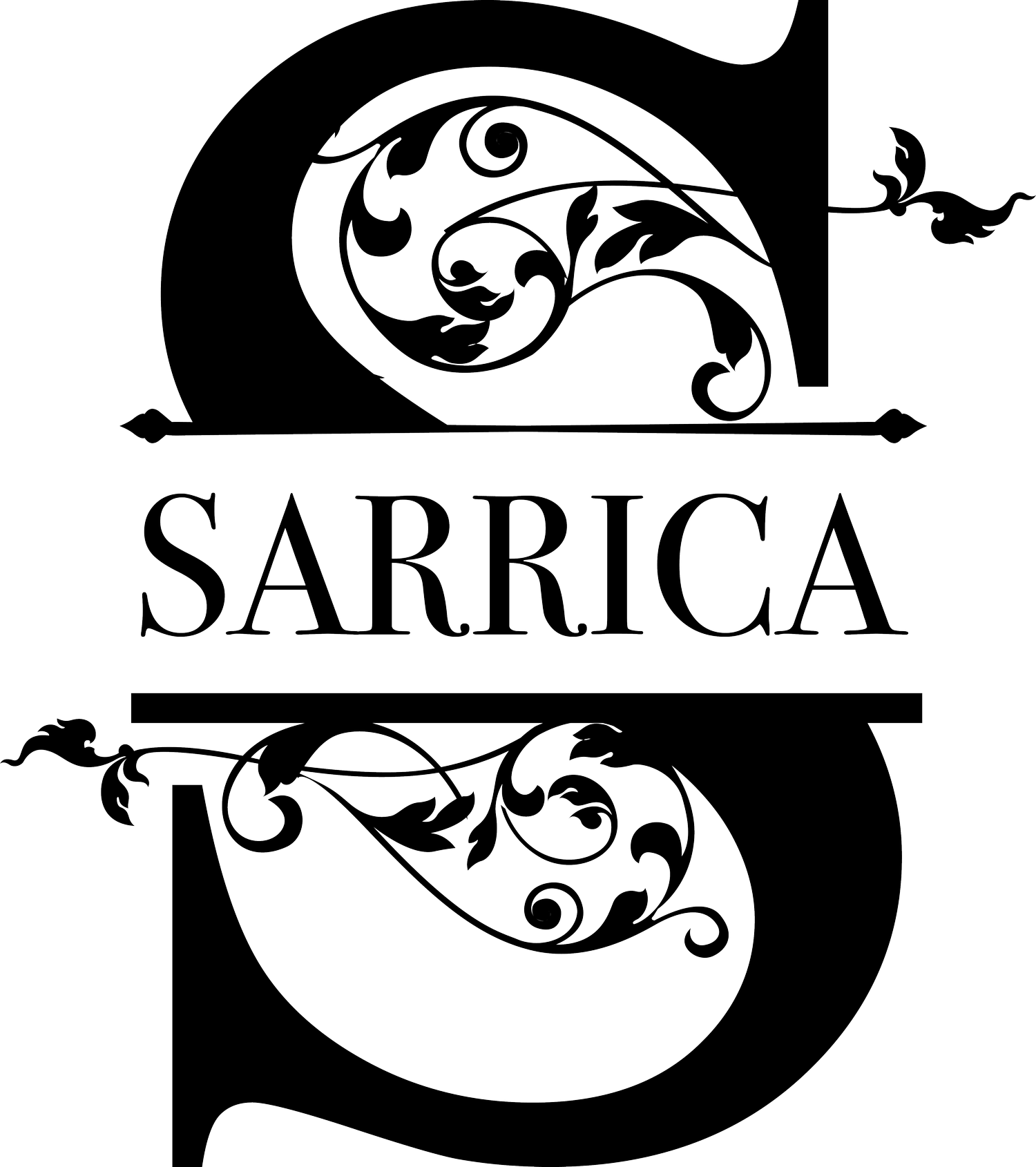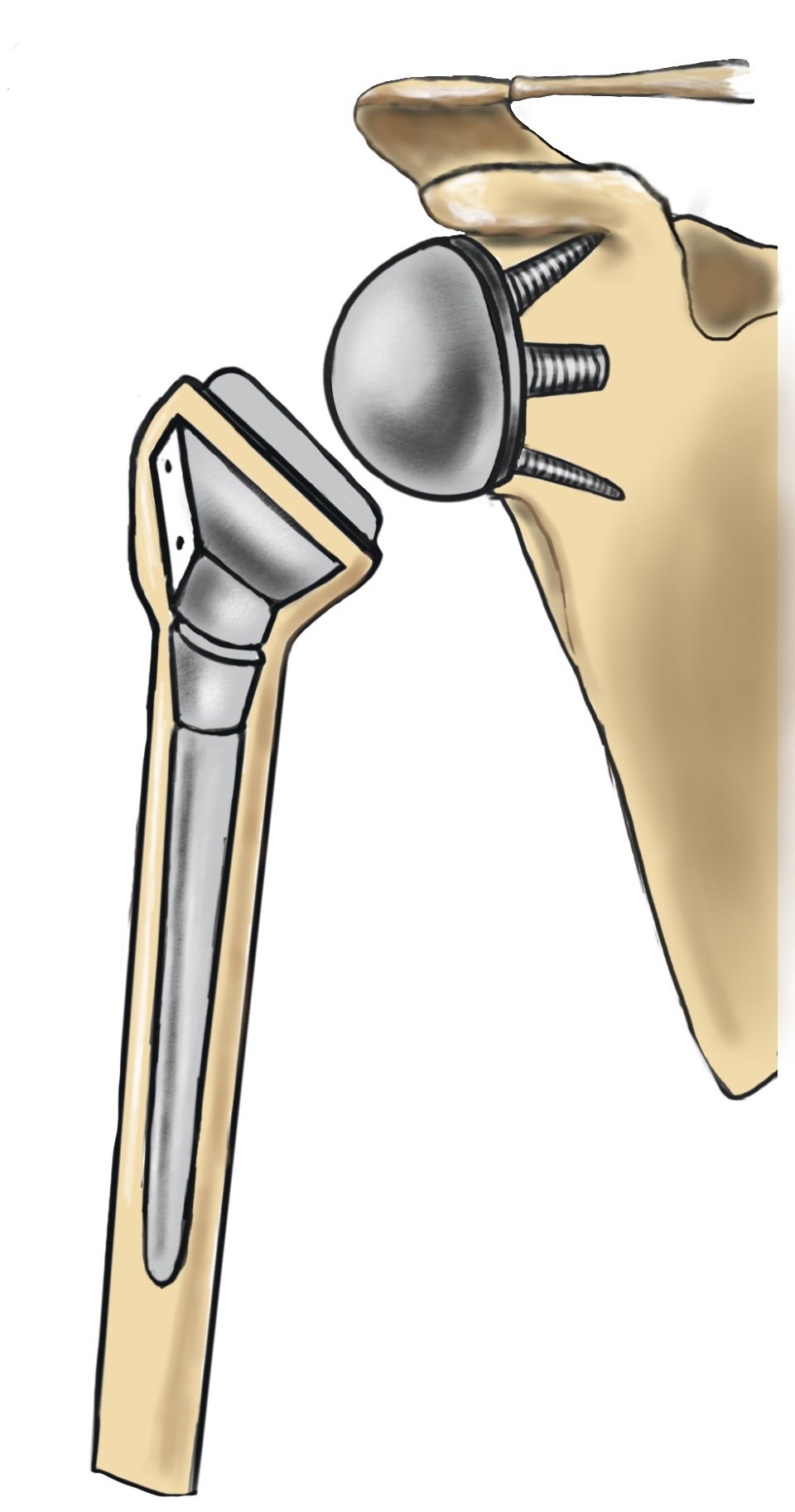A Guide To Exploring Alternatives to Knee Replacement
Knee pain can be debilitating, affecting mobility, independence, and overall quality of life. For many individuals suffering from chronic knee issues, knee replacement surgery may seem like the only solution. However, advancements in physical therapy and alternative treatments offer hope for those seeking alternatives to surgery. In this guide, we'll delve into various non-surgical knee treatments that physical therapy offices can offer to help alleviate knee pain and improve function.
Physical Therapy for Knee Pain:
Physical therapy is often the first line of defense against knee pain and can greatly reduce the need for total knee replacement surgery and other knee surgeries. Skilled physical therapists can design personalized exercise programs to strengthen the muscles surrounding the knee, improve flexibility, and correct movement patterns. Through targeted exercises and manual therapy techniques, physical therapy aims to reduce pain, enhance mobility, and prevent further deterioration of the knee joint.
Acupuncture for Knee Pain:
Acupuncture is a traditional Chinese medicine technique that involves inserting thin needles into specific points on the body to promote healing and relieve pain. For individuals with knee pain, acupuncture can help reduce inflammation, improve blood flow, and stimulate the release of endorphins, which are natural pain-relieving chemicals produced by the body. Many patients find acupuncture to be a safe and effective adjunct therapy for managing knee pain.
Hyaluronic Acid Injections:
Hyaluronic acid injections involve injecting a gel-like substance into the knee joint to provide lubrication and cushioning. This can help reduce friction between the bones and alleviate pain associated with osteoarthritis. While the effects of hyaluronic acid injections may vary from person to person, many patients experience relief from knee pain and improved mobility following treatment.
Platelet-Rich Plasma (PRP) Therapy:
PRP therapy is a regenerative treatment that utilizes the patient's own blood to promote healing. In this procedure, a small amount of blood is drawn from the patient and processed to concentrate the platelets, which contain growth factors that aid in tissue repair. The concentrated PRP is then injected into the knee joint, where it can stimulate the body's natural healing response, reduce inflammation, and promote tissue regeneration.
While knee replacement surgery may be necessary for some individuals with severe knee damage, there are many non-surgical alternatives available that can help alleviate pain and improve function. Physical therapy offices play a crucial role in providing comprehensive care for patients with knee pain, offering a range of treatments tailored to individual needs. By exploring these alternative therapies, patients can take proactive steps towards better knee health and a higher quality of life. For appointments in Brooklyn or Manhattan, please call our physical therapy office at 347-560-6920 or request an appointment here.







